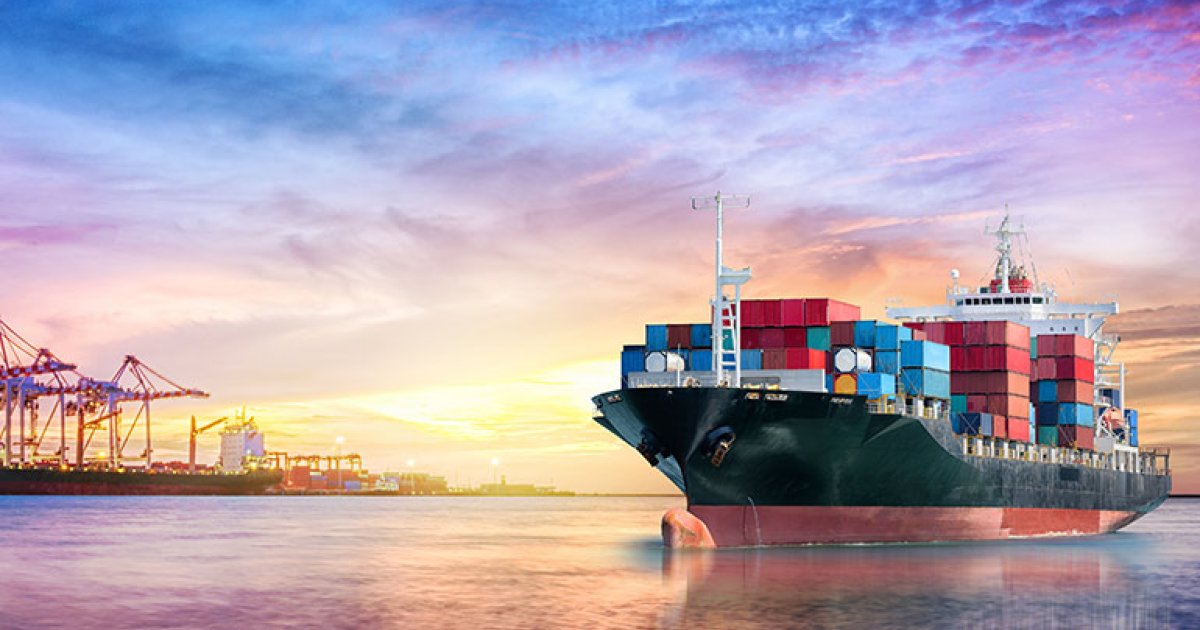Shipping goods to South Africa while ensuring end-to-end tracking can enhance transparency and reliability in your supply chain. Whether you’re an importer or exporter, understanding how to ship with end-to-end tracking to South Africa helps you stay informed about your cargo’s location at every stage, from departure in China to final delivery in South Africa. This guide will walk you through the essential steps to achieve seamless tracking throughout the shipping process.
1. Select the Right Shipping Provider
Look for Tracking-Centric Services
Choose shipping companies or freight forwarders that prioritize comprehensive tracking. Some providers, like China Top Freight, offer dedicated tracking solutions for South African routes. Check if they provide real-time updates via online platforms, mobile apps, or email notifications.
Evaluate Tracking Technology
Opt for providers using advanced tracking technologies, such as GPS and RFID. These technologies enable accurate location monitoring, ensuring you know precisely where your shipment is at any given time. For example, GPS tracking can show the exact position of a sea container during transit.
2. Prepare Your Shipment Properly
Label Clearly
Use durable labels with clear and accurate information, including the consignee’s details, your contact information, and the shipment’s destination. This helps in easy identification and tracking. Additionally, add a tracking number prominently on each package.
Include Necessary Documentation
Ensure all required documents, such as commercial invoices, bills of lading, and customs forms, are complete and accurate. Many tracking systems rely on these documents for identification and processing, so any errors can lead to tracking issues.
3. Leverage Tracking Tools and Platforms
Carrier’s Tracking Portals
Most shipping carriers offer their own online tracking portals. Once your shipment is dispatched, obtain the tracking number and enter it into the carrier’s portal. You can then monitor key milestones like “loaded onto vessel,” “arrived at port,” and “out for delivery.”
Third-Party Tracking Apps
Utilize third-party apps like 17TRACK, which aggregates tracking information from multiple carriers. These apps provide a unified view of your shipment’s journey, allowing you to track it across different legs of the transportation, from China to South Africa.
4. Stay Informed and Communicate
Set Up Alerts
Configure email or SMS alerts on tracking platforms to receive notifications for important events, such as delays, customs inspections, or changes in the delivery schedule. This proactive approach helps you address issues promptly.
Communicate with Stakeholders
Keep all parties involved, including suppliers, customers, and logistics partners, informed about the shipment’s status. Share the tracking information so that everyone can stay updated and plan accordingly.
5. Manage Potential Delays and Issues
Understand Delay Causes
Familiarize yourself with common causes of shipping delays to South Africa, such as port congestion, customs backlogs, or adverse weather conditions. Knowing these factors can help you anticipate and mitigate potential problems.
Take Corrective Actions
If a delay occurs, work closely with your shipping provider to find solutions. They may suggest alternative routes, expedited processing, or other measures to get your shipment back on track. For example, some freight forwarders, like China Top Freight, have local teams in South Africa that can assist with resolving issues quickly.
6. Ensure Security and Safety
Use Secure Packaging
Protect your goods with proper packaging to prevent damage during transit, which could affect tracking. Secure fragile items and use moisture-resistant materials if necessary. This safeguards your cargo and ensures smooth tracking until it reaches its destination.
Monitor for Theft or Tampering
Advanced tracking technologies can also help detect unauthorized access or tampering with your shipment. Some systems send alerts if a container is opened or moved unexpectedly, ensuring the security of your goods throughout the journey to South Africa.
In conclusion, learning how to ship with end-to-end tracking to South Africa is essential for efficient supply chain management. By choosing the right shipping provider, leveraging tracking tools, staying informed, and addressing potential issues, you can ensure that your goods are monitored every step of the way. Whether you partner with experienced providers like China Top Freight or use other services, prioritizing tracking will enhance the reliability and transparency of your shipments to South Africa.


